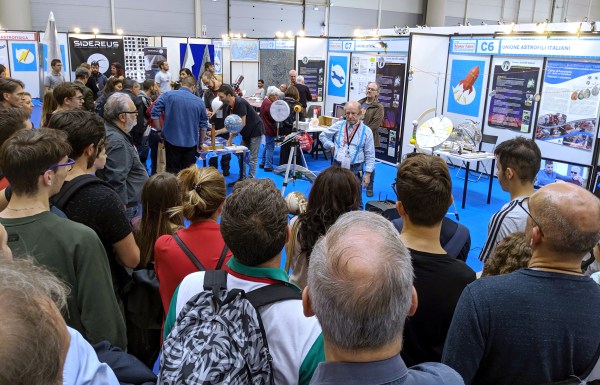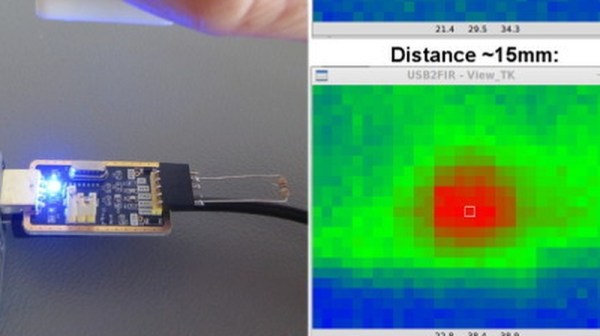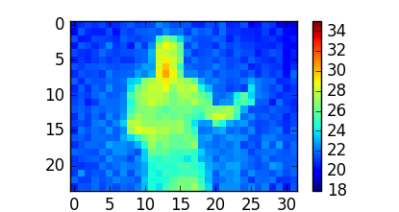Hedges aren’t just a pretty garden decoration. They’re also a major habitat for many species of insects, birds, and other wildlife. In some areas, a lot of hedge trimming goes during the time that local birds are raising their fledglings, which causes harm at a crucial time. Thus, [Johann Elias Stoetzer] and fellow students were inspired to create Hedge Watcher.
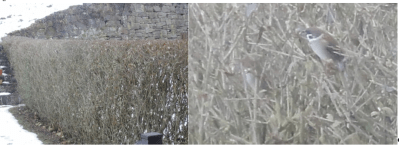
The concept is simple – using thermal vision to spot birds inside a hedge when they may not otherwise be easily visible. Many species blend in with their surroundings in a visual manner, so thermal imaging is a great way to get around this. It can help to avoid destroying nests or otherwise harming birds when trimming back hedges. The idea was sourced from large-scale agricultural operations, which regularly use thermal cameras mounted on drones to look for wildlife before harvesting a field.
However, staring at a thermal camera readout every few seconds while trimming hedges isn’t exactly practical. Instead, the students created an augmented reality (AR) monocular to allow the user to trim hedges at the same time as keeping an eye on the thermal camera feed. Further work involved testing a binocular AR headset, as well as a VR headset. The AR setups proved most useful as they allowed for better situational awareness while working.
It’s a creative solution to protecting the local birdlife, and is to be applauded. There’s plenty of hubris around potential uses for augmented reality, but this is a great example of a real and practical one. And, if you’re keen to experiment with AR yourself, note that it doesn’t have to break the bank either!




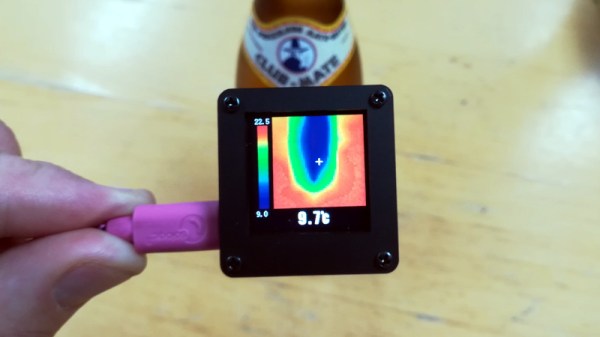
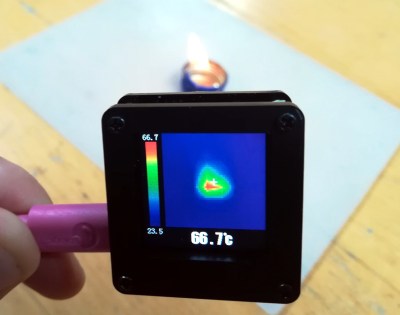
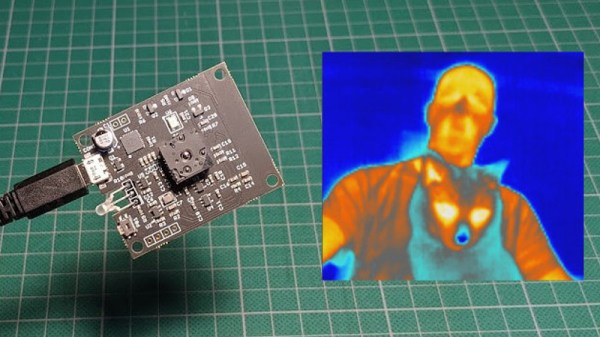
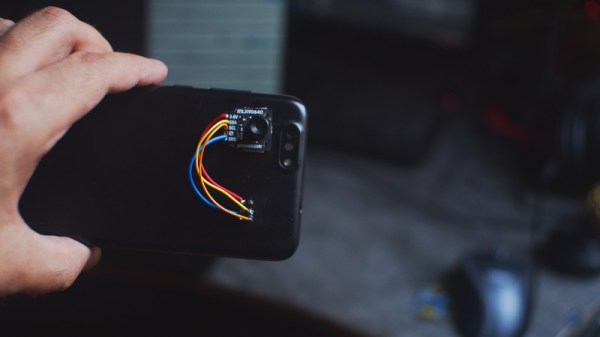

 was not exactly in mint condition. Supposedly this type of detector was used to monitor the exposure of personnel to microwave radiation in an industrial environment.
was not exactly in mint condition. Supposedly this type of detector was used to monitor the exposure of personnel to microwave radiation in an industrial environment.